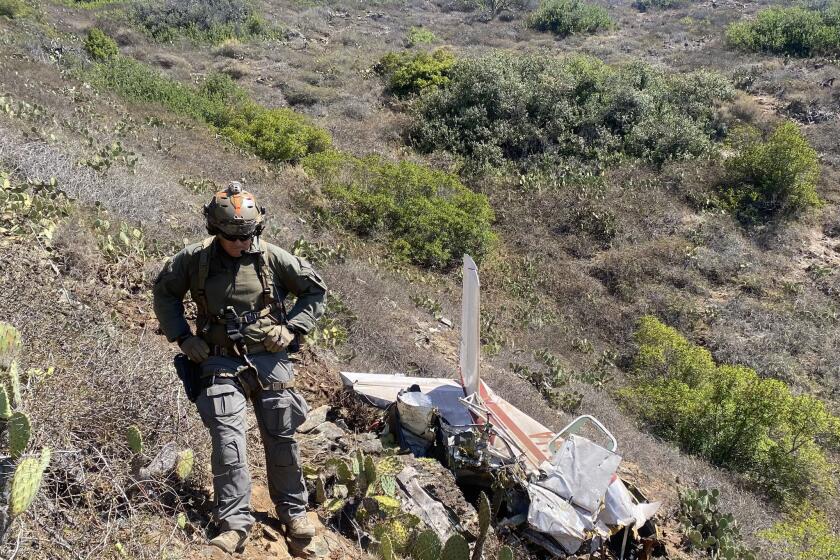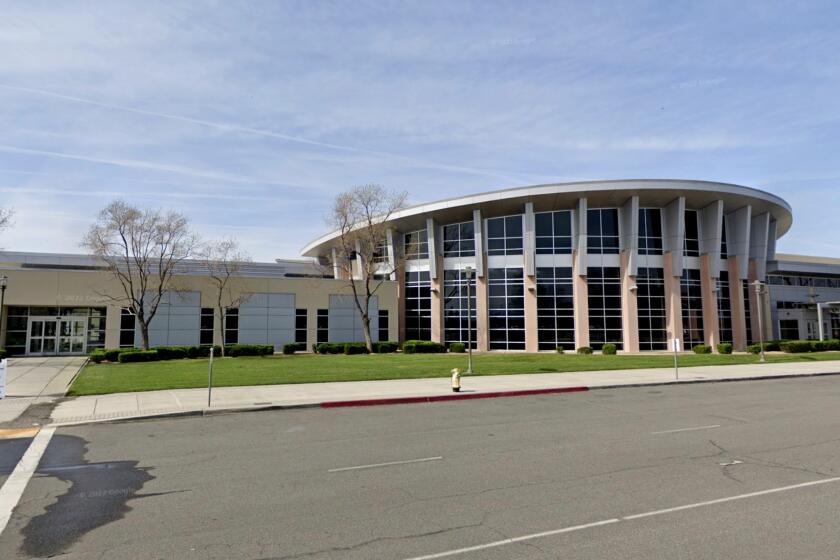PERSPECTIVE ON AIR POLLUTION : Forget ZEVs, LEVs, SIPs and FIPs--Just Fix the Clunkers : Electric cars may make a glamorous debate, but real improvement only can come if we make the tougher social choices.
Last week the state Air Resources Board moved to delay implementation of the requirement that 2% of all new cars sold in California must emit zero tailpipe pollutants, which only electric cars currently can fulfill. Environmentalists condemned a sellout, the auto industry breathed a sigh of relief and a confused public wondered whether the decision was a regression to dirtier air or a sensible decision to let the technology ripen.
The public confusion is not surprising. The debate around zero-emission vehicles is just one more obfuscation in the unnecessarily complex debate about air quality in Southern California. SIPs, FIPs, ZEVs, LEVs and RECLAIM Marketable Trading Permits comprise the alphabet soup that substitutes for a real discussion of air pollution policy. None of these acronyms has much to do with reducing smog in the foreseeable future. The real problem is poorly performing old and middle-aged cars and the lack of political interest in turning California’s automobile inspection and maintenance process, known as Smog Check, into an effective program.
Take electric cars. While this technology could, in the long run, solve much of our smog problem, the impact on air pollution emissions will be negligible for years. The problem is that replacing newer cars with electric vehicles has virtually no effect. Internal combustion vehicles that meet today’s new-car clean air standards contribute little to air pollution. Unfortunately, they don’t stay that way. So it is only when electric vehicles start to replace 10-, 15- and 20-year-old cars that we will see substantial benefits. Electric cars are important because of the technological shift they may represent, not because of near-term emission reductions.
So too with SIPs, FIPs (state and federal implementation plans) and the vaunted marketable pollution permit trading. These focus primarily on fixed sources of air pollution that have been vigilantly monitored and controlled for 30 years. Permit trading’s use of market mechanisms, allowing companies to buy and sell the right to pollute up to an overall limit for specific industries, is an innovative step. But there’s not a whole lot more reduction to be squeezed from fixed-point pollution. This has become even more true in recent years as new scientific measurements have shown that fixed sources may contribute as little as 15% of our smog problem, rather than the 30% we had previously assumed, and vehicles contribute at least double the previous estimates. So if new cars are clean and fixed sources less important then we thought, that leaves California’s unusually old vehicle fleet. Good weather, lack of public transportation and large numbers of low-income drivers who depend on older cars leave California with lots of very high-polluting vehicles.
This fact should turn our attention away from high-tech alphabet soup to a far less exotic but more complex problem of how to cut the emissions of an old fleet driven by real people with real transportation needs. Smog Check, which requires biennial vehicle inspections at service stations, is a well-known failure because it doesn’t concentrate on the 5% to 10% of cars that are the highest-polluting and produce repairs that last for the two years between inspections. The recommendation of the 1990 Clean Air Act to centralize the program into large government-run testing centers suffered from similar problems. Potentially more effective options include requiring auto makers to maintain emission control systems for the entire vehicle life, using Smog Check’s $400 million current annual costs to fund emission-related repairs for low-income drivers, closer regulation of the auto repair industry, deployment of new remote pollution-sensing devices (much like speed radar guns) or even just studying why the current system is such a flop. Such options have been discussed, but they involve tough social choices: How do we provide incentives for low-income drivers to repair their cars? How do we ensure that even unregistered cars are inspected and repaired? Should we regulate the repair industry? How do we cope with drivers who deliberately tamper with their emission control systems? It is usually easier for political leaders to deal with more distant and abstract alternatives like zero-emission vehicles.
Californians pay a lot of money to have their cars inspected in a Smog Check program that suffers from a lack of political attention and innovative thinking. Fixing this program offers the only large potential source of emission reductions for the next 10-20 years. Unlike many other pollution-control programs, controlling these emissions involves social rather than technical considerations. The public and political focus should be on these issues, not the acronym-laden obscurity of SIPs, FIPs, ZEVs, LEVs and RECLAIM.
More to Read
Sign up for Essential California
The most important California stories and recommendations in your inbox every morning.
You may occasionally receive promotional content from the Los Angeles Times.









